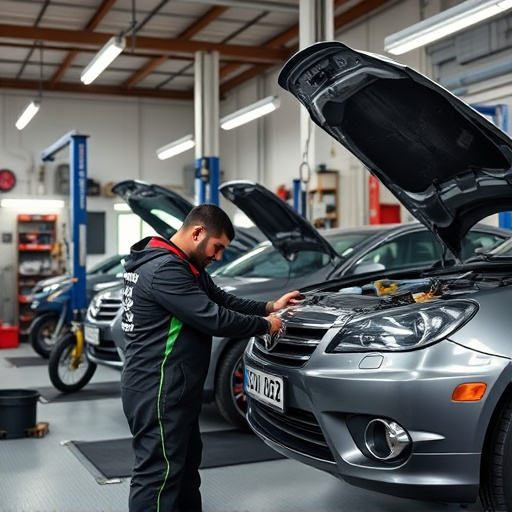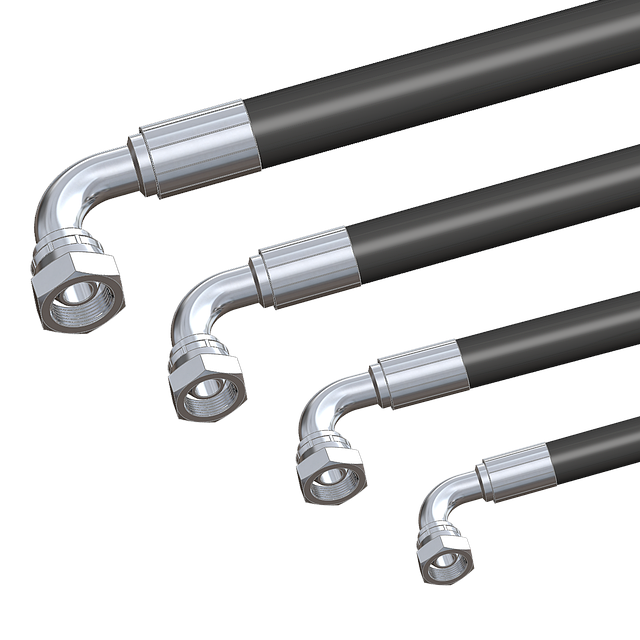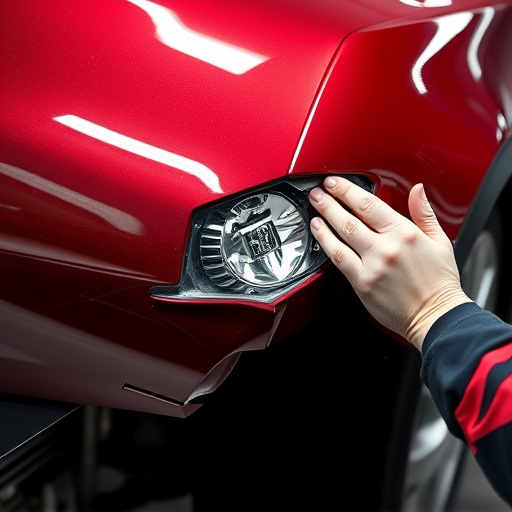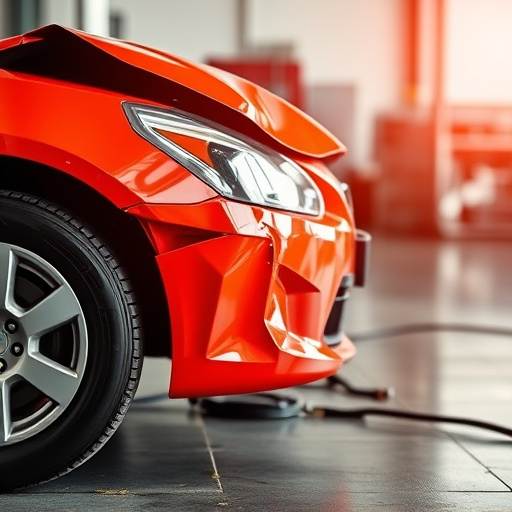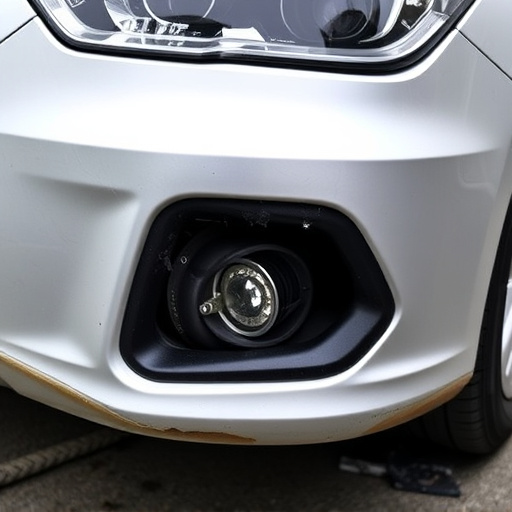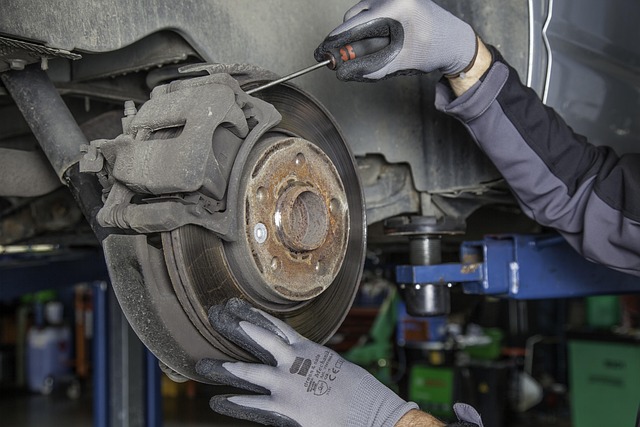Structural Integrity Restoration (SIR) offers a sustainable approach to automotive repair, focusing on preserving vehicle structures and minimizing waste generation compared to traditional collision repair methods. This eco-friendly process reduces emissions, conserves resources, and keeps structural debris out of landfills by reinforcing existing materials. SIR goes beyond repairs, promoting sustainability through reduced construction waste, material reuse, and minimized toxic chemical usage. Despite challenges, such as balancing ecological sustainability with structural strength, restoration professionals can overcome these hurdles by considering eco-friendly alternatives like recycled steel, bio-based composites, and locally sourced woods, along with energy-efficient repair techniques and advanced technologies.
The concept of structural integrity restoration, often overlooked, holds significant environmental implications. This practice, crucial for reviving aging structures, encompasses various techniques aimed at enhancing a building’s durability and safety. However, its environmental impact is a complex web that warrants careful consideration.
This article explores the dual nature of structural integrity restoration, delving into both its positive sustainability contributions and the challenges that arise in minimizing its ecological footprint.
- Understanding Structural Integrity Restoration and Its Environmental Footprint
- The Positive Impacts: How This Process Can Promote Sustainability
- Challenges and Considerations for a Greener Approach in Restoration Practices
Understanding Structural Integrity Restoration and Its Environmental Footprint
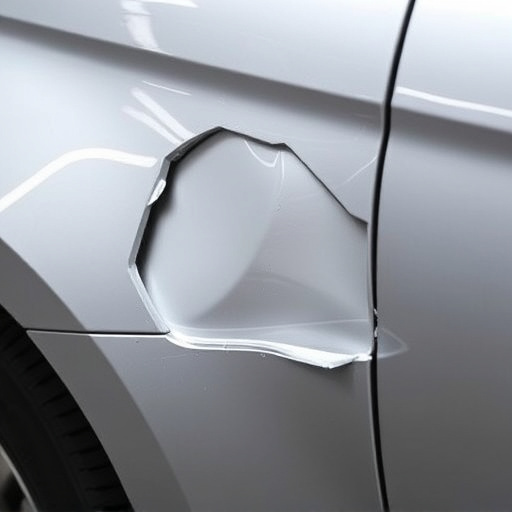
Structural Integrity Restoration (SIR) is a specialized process aimed at repairing and reinforcing damaged structures, ensuring their longevity and stability. This technique goes beyond conventional collision repair or frame straightening; it involves meticulous assessment, advanced engineering, and precise manipulation to restore original structural integrity. The environmental footprint of SIR is an increasingly important consideration as the automotive industry shifts towards sustainability.
Traditional methods of automotive repair often involve intensive material removal and replacement, leading to significant waste generation. In contrast, SIR seeks to minimize this impact by preserving as much of the original structure as possible. By focusing on reinforcing existing materials rather than outright substitution, SIR reduces the demand for new resources, cuts down on manufacturing emissions, and minimizes the structural debris that might otherwise end up in landfills.
The Positive Impacts: How This Process Can Promote Sustainability
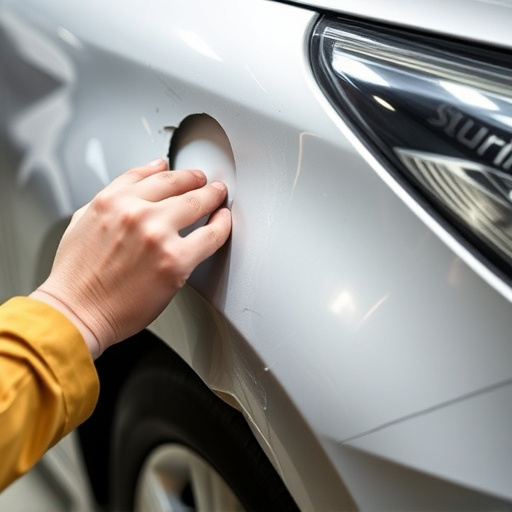
The process of structural integrity restoration goes beyond mere repairs; it’s a catalyst for promoting sustainability in several significant ways. By meticulously assessing and reinforcing existing structures, this practice reduces the need for complete replacements, thereby minimizing construction waste—a major contributor to environmental degradation. This approach is particularly beneficial in urban areas where space is limited, encouraging the reuse of materials and resources that would otherwise end up in landfills.
Moreover, structural integrity restoration often aligns with eco-friendly practices like paintless dent repair, which eliminates the need for toxic paints and solvents. The reduction in material consumption and waste diversion contributes to a lower carbon footprint, reflecting a commitment to preserving our planet’s resources for future generations. This holistic approach to auto body work and auto repair services is not just about fixing structures; it’s about fostering a more sustainable and resilient built environment.
Challenges and Considerations for a Greener Approach in Restoration Practices

The quest for a greener approach in structural integrity restoration practices presents unique challenges and considerations. One of the primary hurdles is balancing the need for environmental sustainability with the demands of restoring structures to their original strength and stability. Traditional methods often rely on materials and processes that can have significant environmental footprints, from the extraction of raw resources to the energy-intensive manufacturing and disposal stages. Transitioning to eco-friendly alternatives requires a strategic rethinking of these aspects.
Adopting greener strategies in restoration may involve exploring sustainable materials like recycled steel, bio-based composites, or locally sourced woods. Additionally, implementing energy-efficient techniques during repair and reconstruction processes can substantially reduce the overall environmental impact. Moreover, integrating advanced technologies offers promising solutions for precision and efficiency, minimizing waste and resource consumption typically associated with collision repair shops or auto collision centers. These innovations not only contribute to a greener landscape but also enhance structural integrity while fostering a more sustainable built environment.
Structural integrity restoration, while crucial for preserving built environments, must evolve towards more sustainable practices. As we’ve explored, this process significantly impacts local ecosystems and contributes to a larger carbon footprint. However, by adopting greener approaches, such as utilizing eco-friendly materials and implementing energy-efficient methods, the industry can mitigate its environmental effects. Balancing structural reinforcement with ecological preservation is essential for a more sustainable future, ensuring both the longevity of our structures and the health of our planet.


